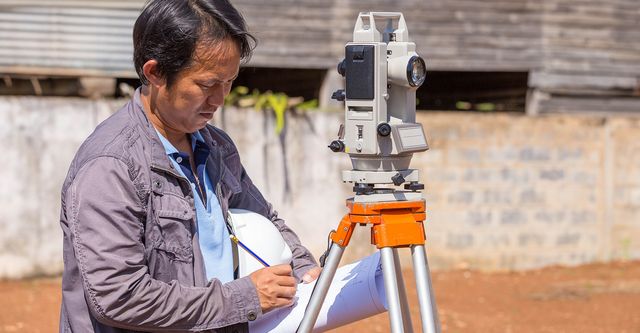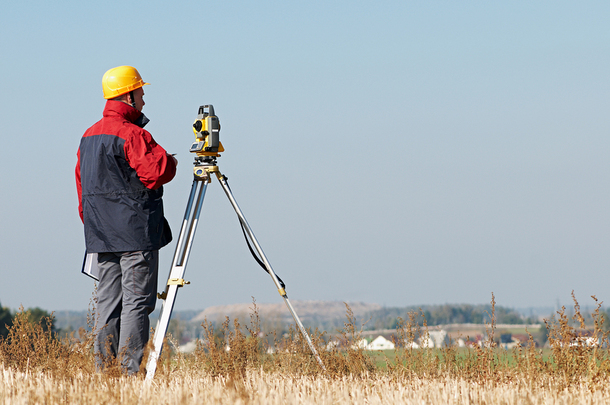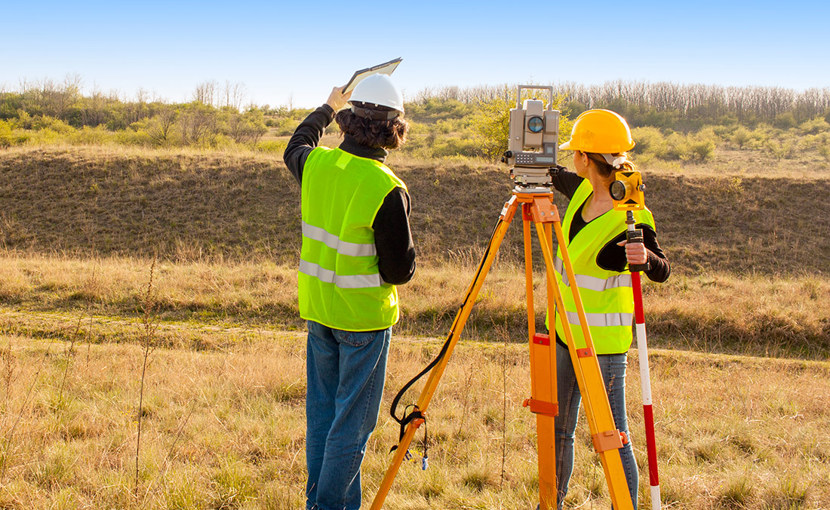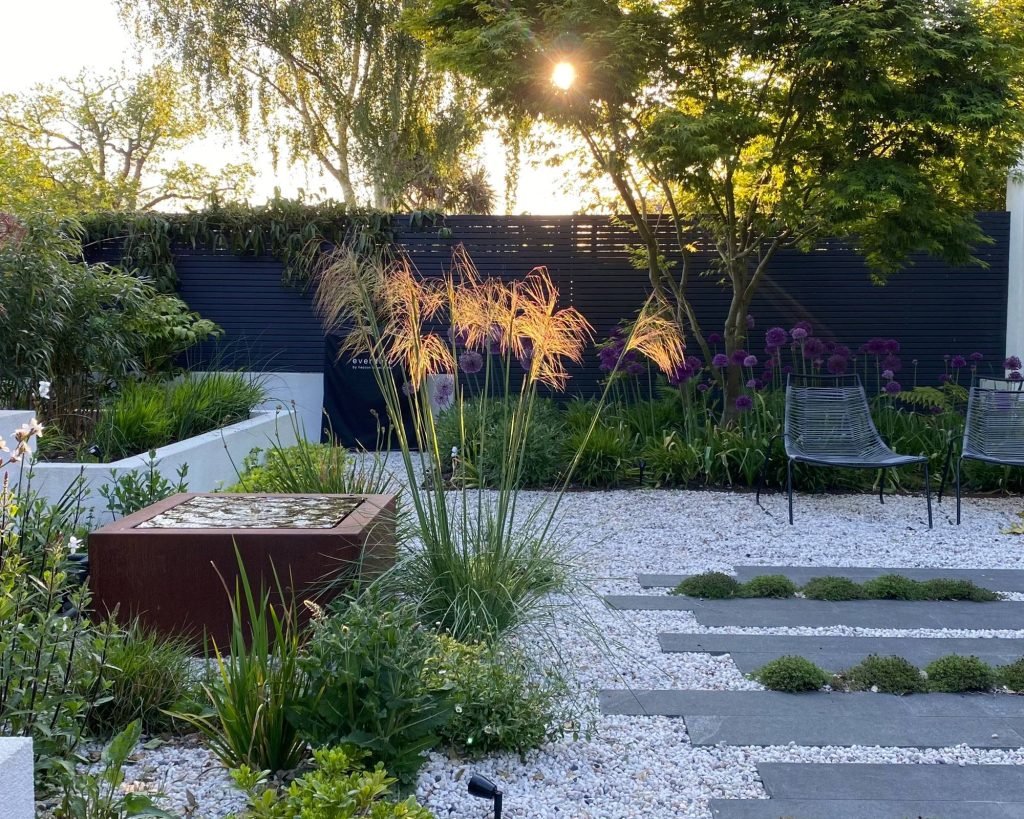10 Tips for Low-Maintenance Landscaping
Making your outdoor space look beautiful without having to spend hours and hours of your time tending to it can be a challenge. That’s why low-maintenance landscaping is becoming increasingly popular. Low-maintenance landscaping allows you to create a beautiful outdoor space while minimizing the amount of time and effort that it takes to maintain it. Here are 10 tips for low-maintenance landscaping.
1. Plan Ahead
Before you start designing your outdoor space, you should plan ahead. Think about how much time and energy you are willing to commit to your outdoor space and then plan accordingly. This will help you choose the right plants and landscaping elements that are suitable for your lifestyle.
2. Choose Easy-Care Plants
One of the easiest ways to create a low-maintenance landscape is to choose easy-care plants. Plants that require minimal watering, pruning, and fertilizing are ideal for low-maintenance landscaping. Some examples of easy-care plants include succulents, perennials, and native plants.
3. Use Mulch
Using mulch in your landscaping can also help minimize your maintenance requirements. Mulch helps retain moisture and suppresses weeds, which means you won’t have to spend as much time watering and weeding.
4. Create Paths and Walkways
Creating paths and walkways in your outdoor space will make it easier to move around and reduce the amount of time you spend mowing and trimming your grass. Choose materials such as gravel, stone, or flagstone for a low-maintenance look.
5. Use Drought-Tolerant Plants
Drought-tolerant plants are ideal for low-maintenance landscaping because they require minimal watering and don’t need to be fertilized as often. These types of plants are also resilient to most types of weather, so they won’t need to be replaced as often.
6. Invest in Low-Maintenance Outdoor Furniture
If you’re looking to add some furniture to your outdoor space, be sure to invest in low-maintenance pieces such as metal or plastic furniture. These types of materials are durable and require minimal upkeep.
7. Use Ground Covers
Ground covers are an excellent choice for low-maintenance landscaping because they require minimal care and are very versatile. Ground covers such as clover, ivy, and creeping phlox are a great way to add color and texture to your outdoor space without having to spend time caring for them.
8. Plant for Privacy
If you’re looking for privacy in your outdoor space, consider planting trees and shrubs. These types of plants are great for creating a natural barrier and they require minimal care.
9. Install Low-Maintenance Lighting
Outdoor lighting can help create a beautiful atmosphere in your outdoor space without requiring a lot of maintenance. Low-maintenance outdoor lighting options include solar-powered lights and LED lights.
10. Utilize Containers
Using containers is another great way to create a low-maintenance outdoor space. Containers are easy to move around and you can choose easy-care plants that will thrive in them.
Low-maintenance landscaping is a great way to create a beautiful outdoor space without having to spend a lot of time and energy on upkeep. By following these 10 tips, you can create an outdoor space that is low-maintenance and beautiful.









